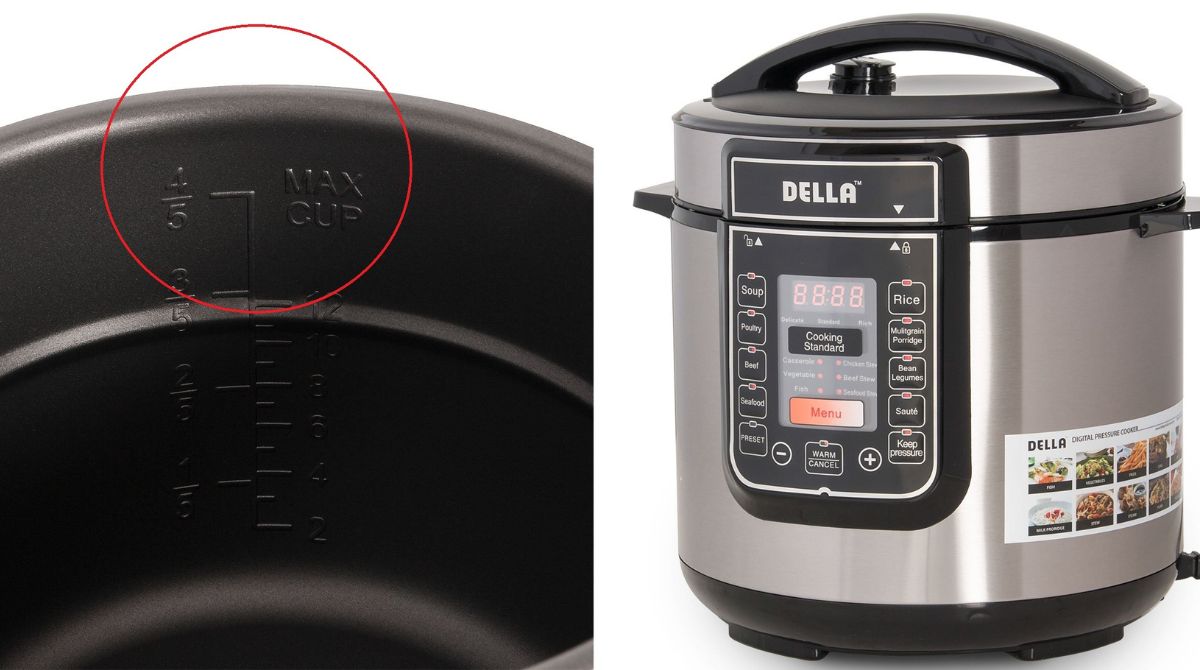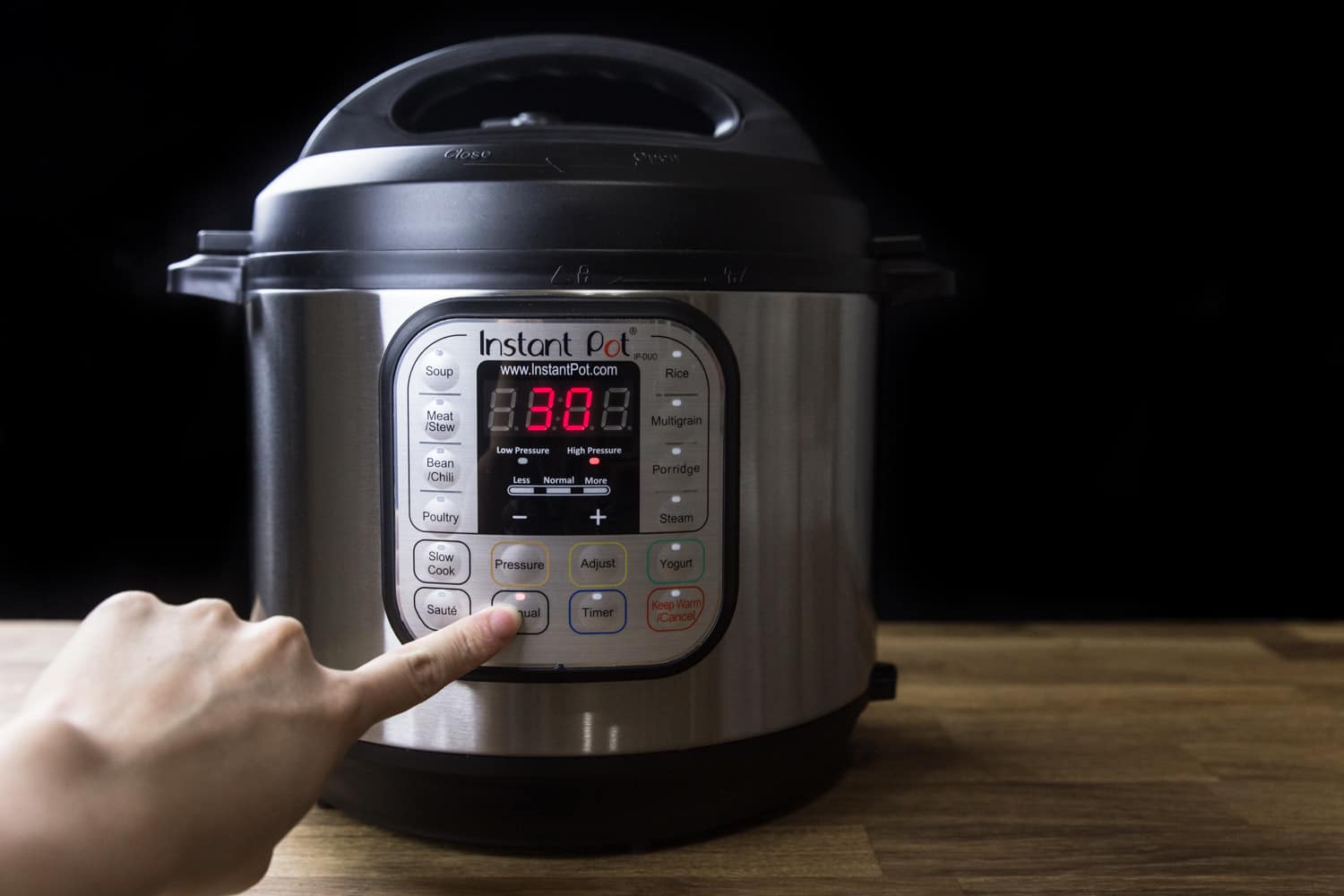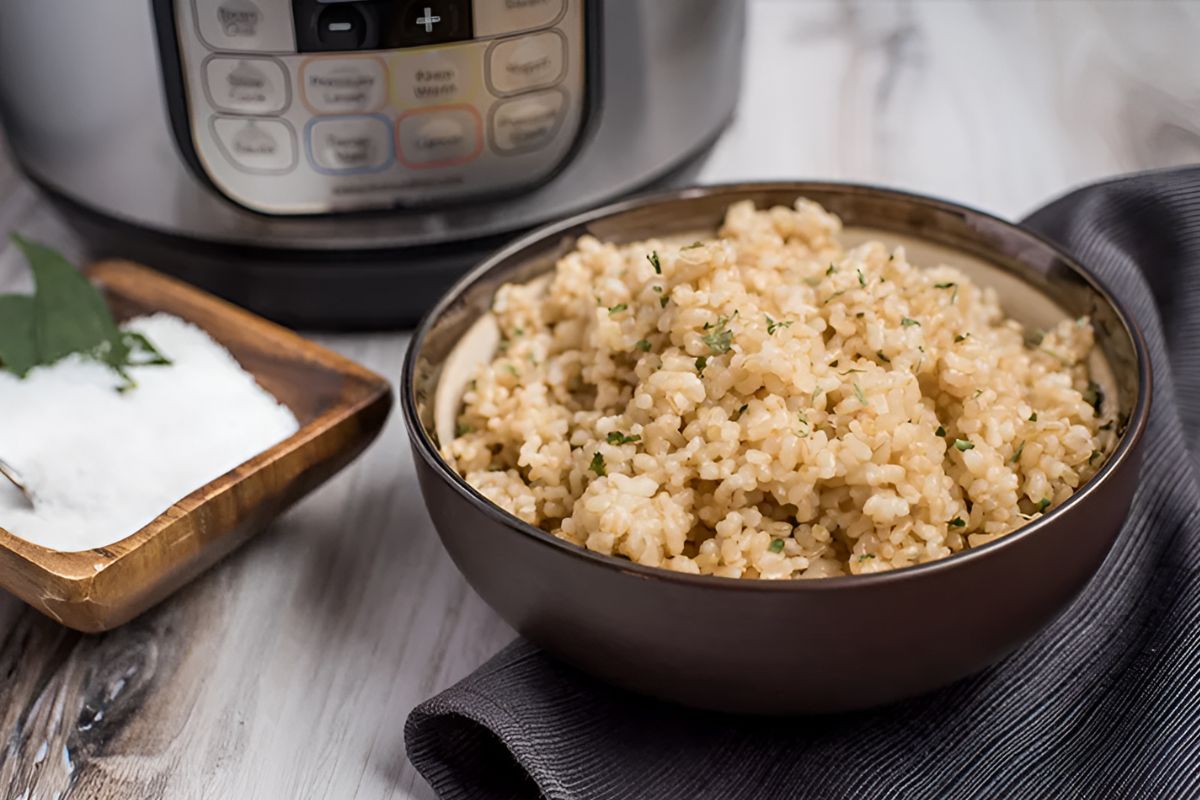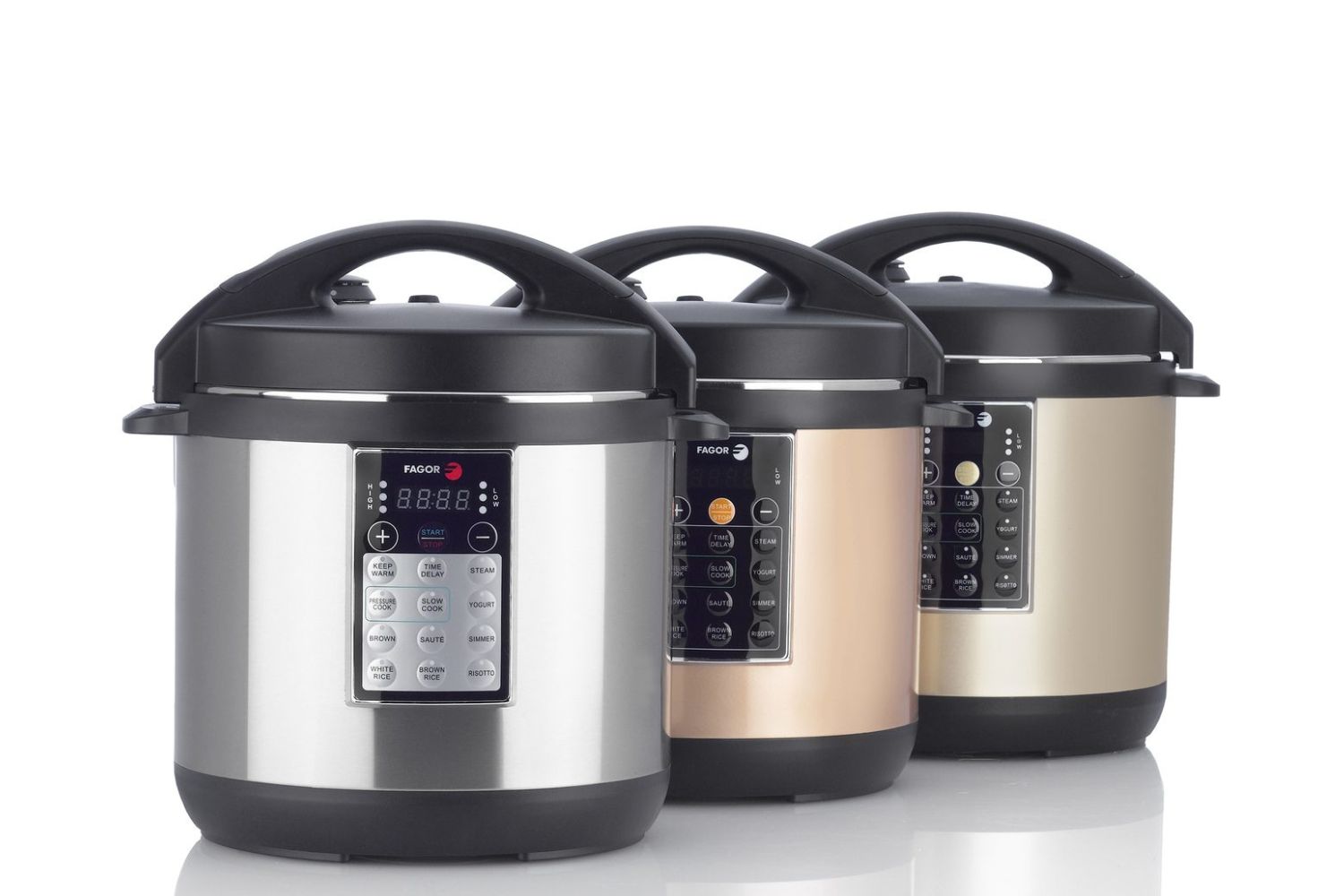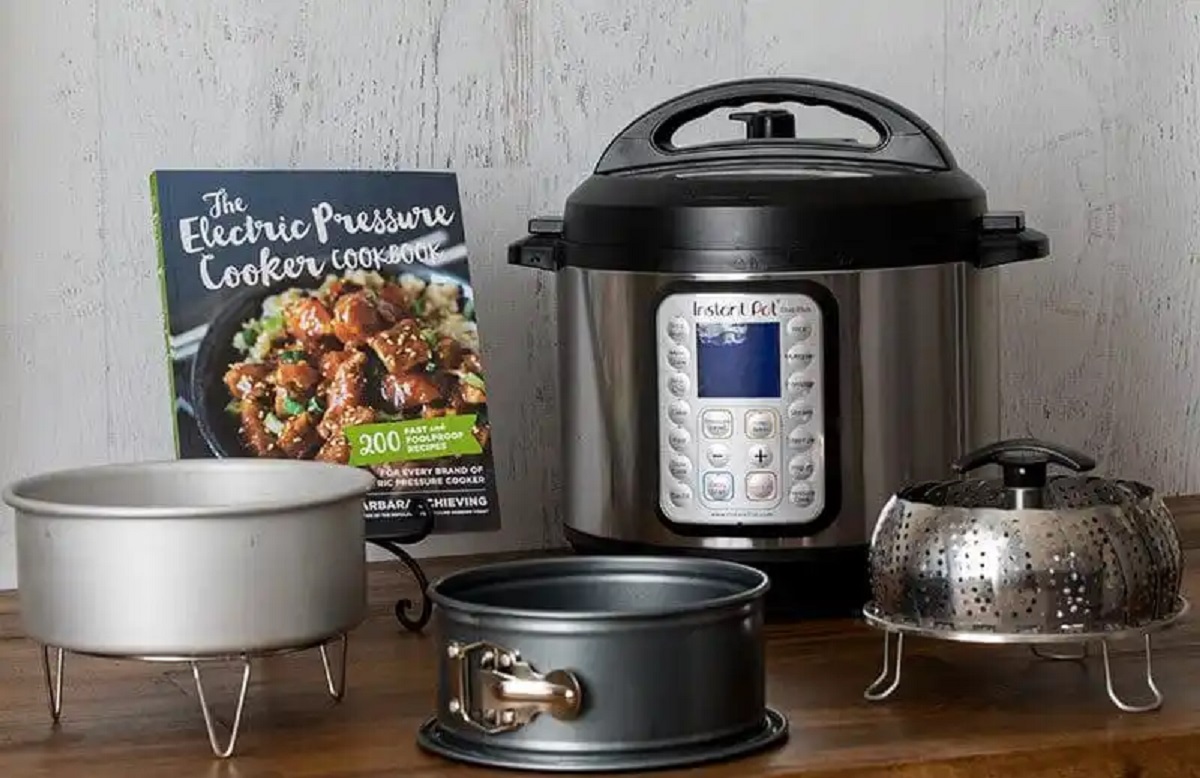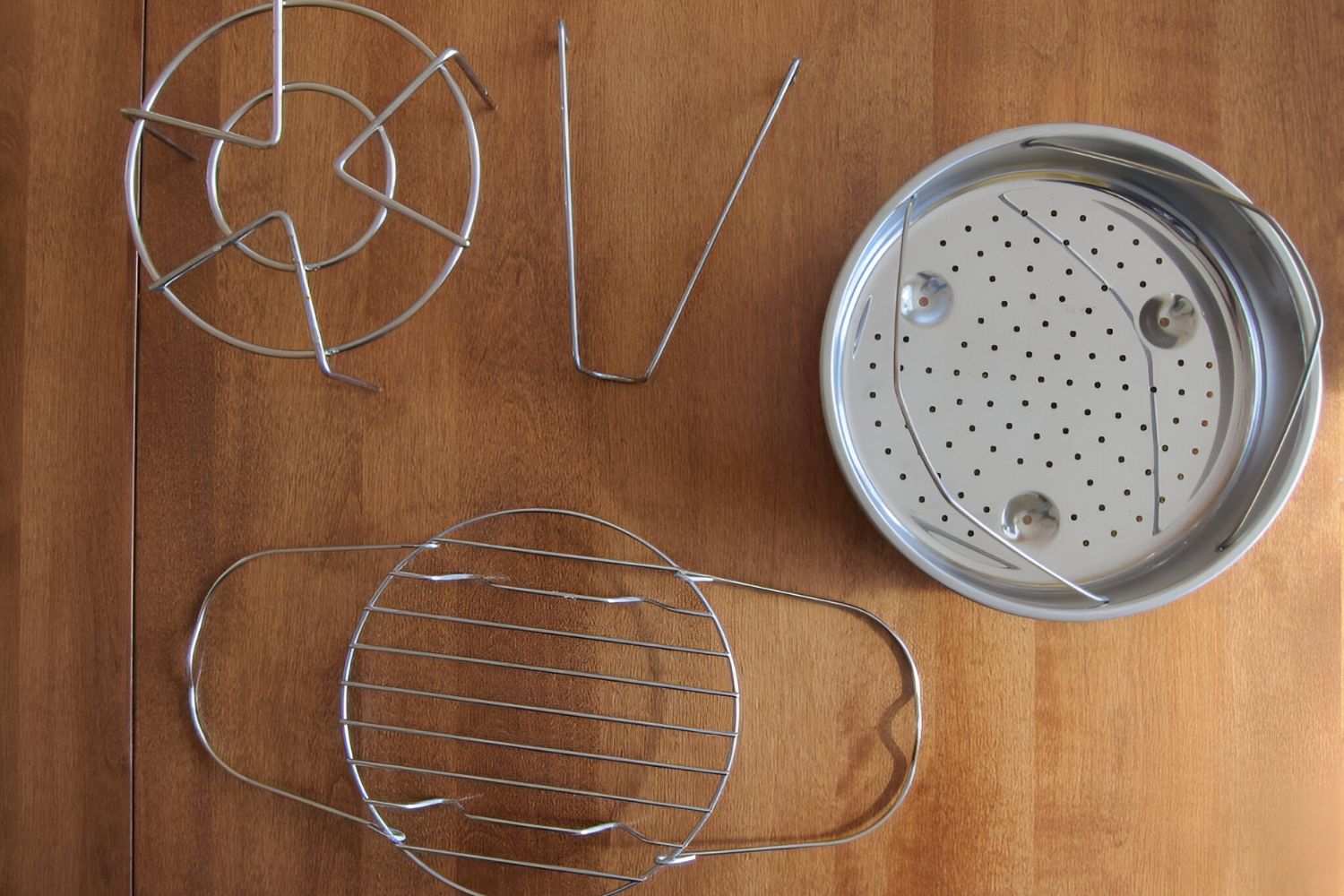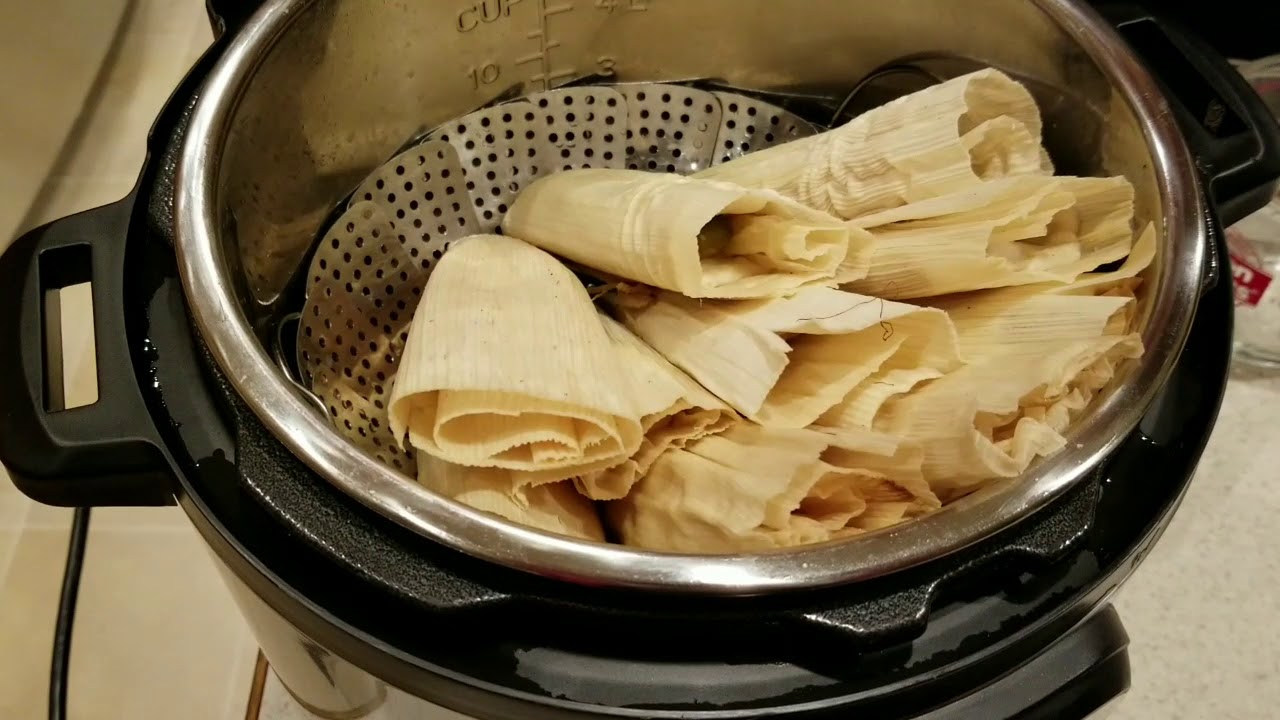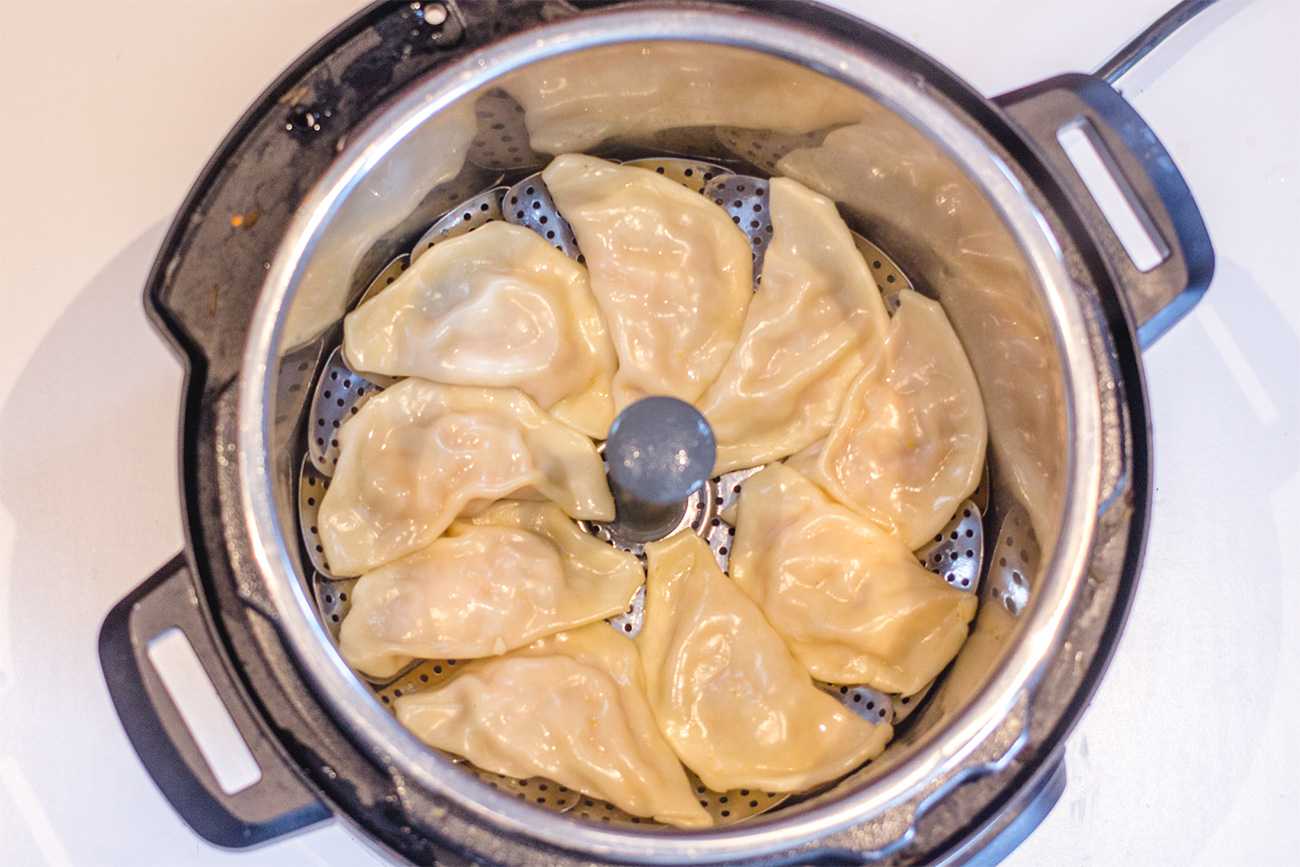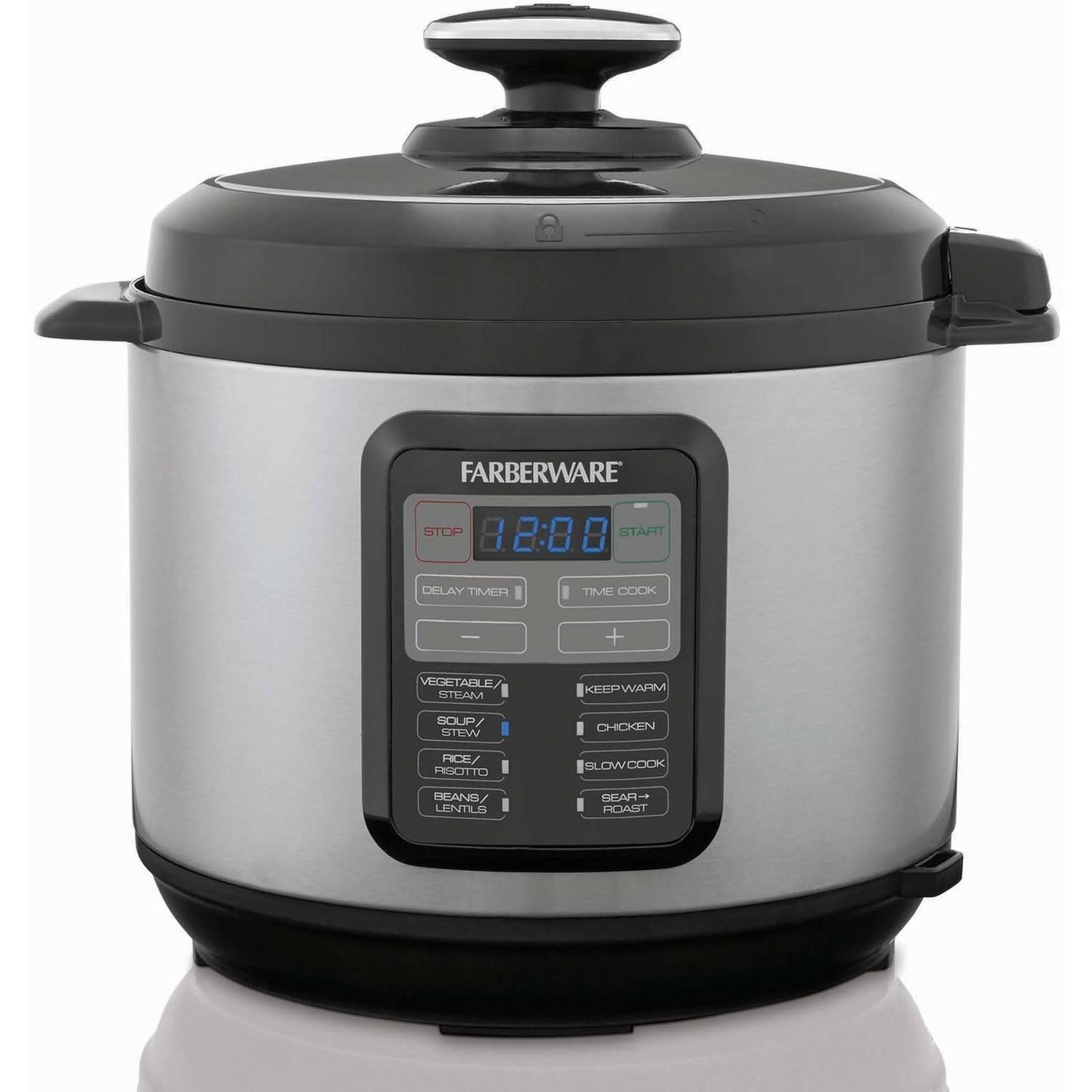Introduction
Welcome to the world of electric pressure cookers, where you can cook delicious and flavor-packed meals in a fraction of the time. Whether you’re a seasoned chef or a novice in the kitchen, electric pressure cookers have become a popular and convenient cooking appliance for many households. One common question that arises when using these appliances is, “How full can I fill my electric pressure cooker?”
In this article, we will explore the benefits of a full electric pressure cooker, discuss the factors to consider when determining the filling levels, provide recommended filling levels for different foods, and share some helpful tips for filling your electric pressure cooker properly.
Using an electric pressure cooker allows you to save time and energy while still preparing delicious meals for yourself and your family. The pressurized environment created inside the cooker helps to lock in flavors and tenderize meats, resulting in incredibly succulent dishes. Plus, with the added convenience of programmable settings, you can set it and forget it, allowing you to attend to other tasks while your meal cooks.
Now, when it comes to filling your electric pressure cooker, it’s important to strike a balance between efficiency and safety. Overfilling can lead to limited cooking space, obstructed pressure release valves, and increased cooking time. On the other hand, underfilling may result in uneven heat distribution and undercooked food. Therefore, understanding the factors that influence the filling levels is crucial for achieving optimal cooking results.
Throughout this article, we will provide you with practical advice and guidelines on how to fill your electric pressure cooker appropriately for various types of dishes. Whether you’re planning to cook soups, stews, or even delicate desserts, we’ve got you covered.
Benefits of a Full Electric Pressure Cooker
Using a full electric pressure cooker comes with several benefits that make it a preferred cooking method for many. Let’s explore some of the advantages of maximizing the filling level in your electric pressure cooker:
- Efficient Use of Space: Filling your electric pressure cooker to its recommended capacity ensures that you utilize the available space efficiently. This means that you can cook larger quantities of food in one go, making it ideal for meal prepping or feeding a family.
- Time-Saving: With a full electric pressure cooker, you can cook larger portions of food in less time compared to traditional cooking methods. The high-pressure environment helps to speed up the cooking process, allowing you to enjoy your meals faster without compromising on taste or flavor.
- Flavor Enhancement: When you fill your electric pressure cooker to its maximum level, the ingredients are packed tightly, allowing their flavors to blend and infuse throughout the cooking process. This results in more flavorful and savory dishes that are sure to impress your taste buds.
- Tender and Juicy Meat: The intense pressure in an electric pressure cooker helps to break down the connective tissues in meats, resulting in tender and juicy dishes. When you cook meats, such as chicken, beef, or pork, at a full filling level, you can ensure that they are cooked evenly and retain their moisture for the best possible texture.
- Energy Efficiency: Utilizing the full capacity of your electric pressure cooker allows you to cook larger batches of food with minimal energy expenditure. This means that you can save on electricity or gas bills while preparing multiple meals at once.
By understanding and capitalizing on the benefits of a full electric pressure cooker, you can optimize your cooking experience and enjoy delicious, time-saving meals. However, it’s important to consider a few factors before filling your cooker to its maximum capacity, which we will explore in the next section.
Factors to Consider
While it may be tempting to fill your electric pressure cooker to its maximum capacity for every recipe, there are a few important factors to consider before doing so. Let’s take a look at these factors:
- Cooker Size: The size of your electric pressure cooker is a crucial factor to consider when determining the filling level. Different models have varying maximum capacities, so it’s essential to check your cooker’s specifications and guidelines provided by the manufacturer.
- Ingredients Expansion: Some ingredients, such as grains, legumes, and certain vegetables, tend to expand during the cooking process. It’s important to account for this expansion when filling your electric pressure cooker to prevent overflow and maintain the proper cooking ratio.
- Food Density: The density of the ingredients also plays a role in determining the filling level. Ingredients with high density, like meats or large vegetables, will occupy more space. Consider the volume of ingredients when determining how full to fill your cooker.
- Liquid Requirements: Most electric pressure cooker recipes require a certain amount of liquid to generate steam and build pressure. It’s essential to ensure that you have enough liquid in the cooker to avoid burning or undercooking the food. Follow the recipe instructions for the recommended liquid amount.
- Cooking Time: The cooking time may be affected if you fill your electric pressure cooker to its maximum capacity. It can take longer for the cooker to reach and release pressure, potentially increasing the total cooking time. Keep this in mind when planning your meals.
Considering these factors will help you determine the appropriate filling level to achieve optimal cooking results in your electric pressure cooker. Now let’s delve into specific recommendations for filling levels for different types of food.
Recommended Filling Levels for Different Foods
The recommended filling level for your electric pressure cooker may vary depending on the type of food you’re cooking. Here are some general guidelines to help you determine the appropriate filling level for different types of dishes:
- Soups and Broths: For liquid-based dishes like soups and broths, it’s recommended to fill your cooker up to two-thirds (about 66%) of its total capacity. This allows room for the ingredients to expand during cooking and prevents the liquid from overflowing while maintaining proper pressure buildup.
- Beans and Legumes: Beans and legumes tend to expand significantly during cooking, so it’s important to account for this. Fill your electric pressure cooker up to half (about 50%) of its total capacity when cooking beans and legumes to ensure there’s enough room for expansion and proper cooking.
- Meats and Poultry: When cooking meats and poultry in your electric pressure cooker, it’s best to fill it to around two-thirds (about 66%) of its total capacity. This allows for adequate space for the meat to cook evenly and retain its tenderness and juiciness.
- Grains and Rice: Grains and rice tend to expand during cooking, so it’s important to be mindful of the filling level. Fill your electric pressure cooker up to half (about 50%) of its total capacity when cooking grains and rice to prevent overflow and ensure proper cooking.
- Vegetables: For vegetables, it’s generally safe to fill your electric pressure cooker up to two-thirds (about 66%) of its total capacity. However, if you’re cooking large or bulky vegetables, such as whole potatoes or cauliflower, it’s best to reduce the filling level to ensure even cooking.
Remember that these are general guidelines, and it’s always a good idea to consult specific recipes for more precise instructions on filling levels. Additionally, following the manufacturer’s recommendations for your specific electric pressure cooker model is essential to ensure safe and efficient cooking.
Now that you know the recommended filling levels for different foods, let’s move on to some helpful tips for ensuring proper filling and optimal cooking results in your electric pressure cooker.
Tips for Filling Your Electric Pressure Cooker
Properly filling your electric pressure cooker is key to achieving excellent cooking results. Here are some tips to help you fill your cooker effectively:
- Follow the Manufacturer’s Guidelines: Each electric pressure cooker may have specific guidelines and recommendations for maximum filling levels. Make sure to read the instruction manual provided by the manufacturer to ensure safe and efficient cooking.
- Leave Room for Expansion: Keep in mind that certain ingredients, such as grains, legumes, and liquids, may expand during cooking. Leave enough space in your electric pressure cooker to accommodate this expansion and prevent overflow.
- Avoid Overcrowding: It’s important not to overcrowd your electric pressure cooker as this can affect the cooking time and result in unevenly cooked food. Ensure there is sufficient space between ingredients to allow the steam to circulate and cook the food evenly.
- Use a Trivet or Steamer Basket: If you’re cooking foods that tend to release a lot of liquid, like meat or vegetables, consider using a trivet or steamer basket. This will help elevate the food above the liquid and prevent it from becoming overly soggy.
- Adjust Cooking Time if Necessary: When filling your electric pressure cooker to its maximum capacity, keep in mind that it may take slightly longer for the cooker to reach and release pressure. Adjust the cooking time accordingly to ensure that your food is cooked thoroughly.
- Measure Liquids Accurately: Liquids play a crucial role in the cooking process in an electric pressure cooker. Make sure to measure the liquids accurately as recommended in the recipe to achieve the desired consistency and prevent excess liquid from accumulating.
- Clean the Pressure Release Valve: Before each use, ensure that the pressure release valve is clean and free from any obstructions. This will help prevent pressure build-up issues and promote safe operation.
- Take Safety Precautions: Always prioritize safety when using an electric pressure cooker. Familiarize yourself with the safety features and proper operating procedures of your specific model. Additionally, never force open the cooker after cooking – always follow the recommended release methods.
By following these tips, you can ensure that your electric pressure cooker is filled correctly, leading to delicious meals that are cooked to perfection. Now that you have a good understanding of how to fill your cooker, let’s wrap up this article.
Conclusion
Learning how to properly fill your electric pressure cooker is essential for achieving optimal cooking results. By following the recommended filling levels and considering factors such as cooker size, ingredient expansion, and cooking time, you can make the most of this convenient kitchen appliance.
Using a full electric pressure cooker offers numerous benefits, including efficient use of space, time-saving capabilities, enhanced flavor, and tenderized meats. It allows you to cook larger quantities of food in less time, making it ideal for meal prep or feeding a family.
When filling your electric pressure cooker, remember to leave room for ingredient expansion, avoid overcrowding, and use trivets or steamer baskets if necessary. Adjust cooking times if you’re filling the cooker to its maximum capacity, and always measure liquids accurately to maintain the desired consistency.
Additionally, ensure that you follow the manufacturer’s guidelines for your specific electric pressure cooker model and take necessary safety precautions. Familiarize yourself with the operating instructions and clean the pressure release valve regularly for optimal performance.
Now that you have a thorough understanding of how to fill your electric pressure cooker, you can confidently embark on your culinary adventures. Whether you’re cooking soups, stews, meats, or grains, remember to experiment, have fun, and enjoy the convenience and delicious results provided by your electric pressure cooker.







